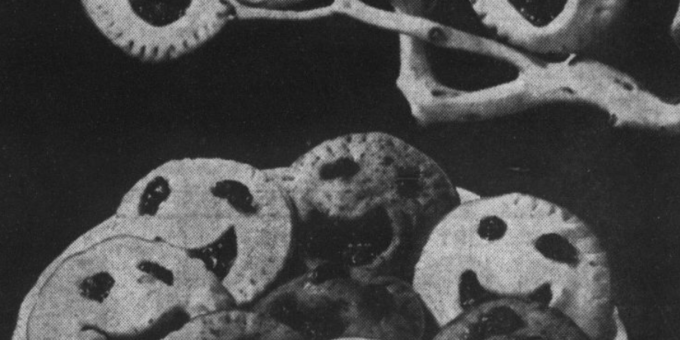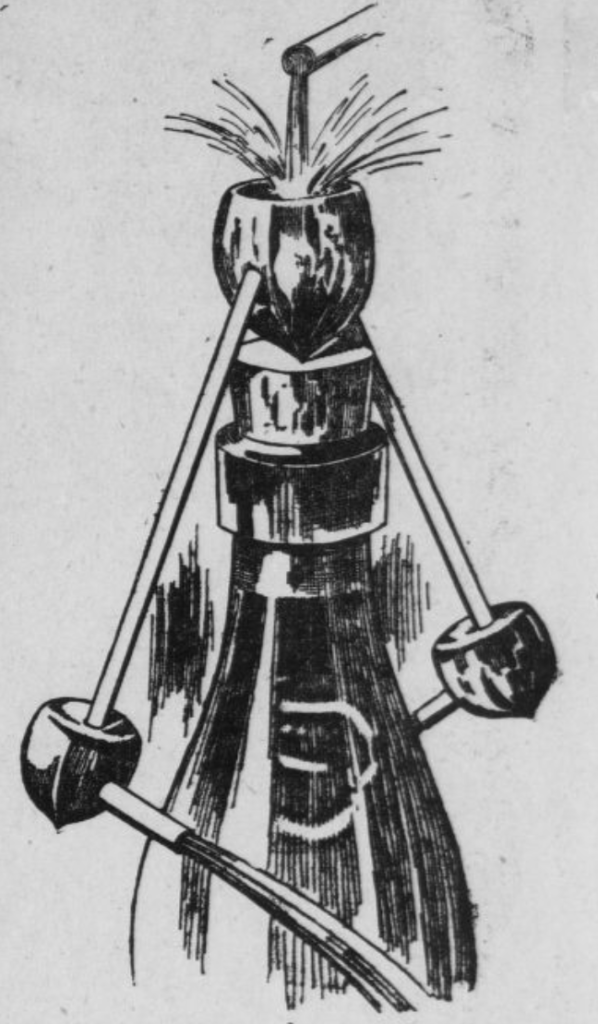
Halloween night was a fantastic time for divining future husbands, according to William S. Walsh (1925). He writes how on October 31st “cabbages are torn up by the root; hemp-seed is sown by the maidens, and they believe that if they look back they will see the apparition of the man intended for their future spouse; they hang a smock before the fire on the close of the feast, and sit up all night concealed in a corner of the room, convinced that his apparition will come down the chimney and turn the smock; they throw a ball of yarn out of the window, and wind it on the reel within, convinced that if they repeat the Pater Noster backwards, and look at the ball of yarn without, they will then also see his sit or apparition….” (p. 503)

Many of the customs and methods of divining mentioned by Walsh involving Halloween night are impractical for today’s use. However, the burning of hazelnuts is an easy divination to reproduce. He writes: “… two hazel nuts are thrown into the hot coals by a maiden. She secretly gives a lover’s name to each. If one of the nuts bursts, then that lover is unfaithful; but if it burns with a steady glow until it becomes ashes, she knows that her lover’s faith is true” (p. 506).
This poem from 1801 describes a nut burning custom where two hazel nuts representing the couple are thrown into a fire:
These glowing nuts are emblems true
Of what in human life we view.
The ill-matched couple fret and fume,
And thus in strife themselves consume,
Or from each other wildly start,
And with a noise forever part.
But see the happy, happy pair,
Of genuine love and truth sincere:
With natural fondness while they burn,
Still to each other kindly turn,
And as the vital sparks decay,
Together gently sink away,
Till, life’s fierce ordeal being past,
Their mingled ashes rest at last.
(Charles Graydon: Poems, Dublin, 1801.)
Source:
Walsh, William S. (1925). Curiosities of popular customs and of rites, ceremonies, observances, and miscellaneous antiquities. Philadelphia: J.B. Lippincott Company.

